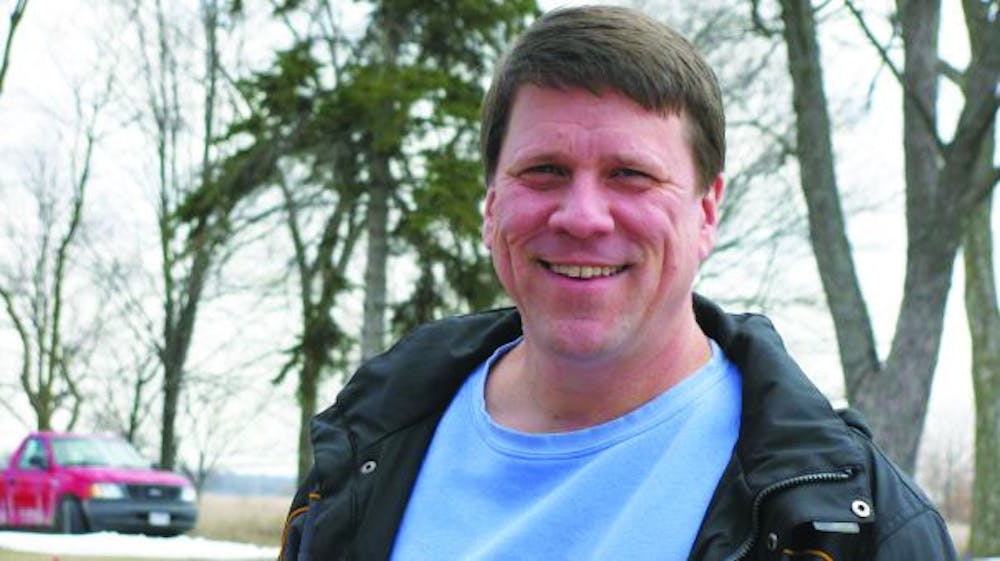By Kassidy Hall | Echo
Bob Aronson, director and associate professor of the public health program, moved to Marion, Indiana, because everybody told him not to. Despite the objections, he quickly immersed himself into his community.Initially, Aronson was not drawn to a job in Indiana, but applied for the position anyway. He discovered the position in an advertisement for Taylor University on the Council for Christian Colleges and Universities (CCCU) website. The advertisement asked for an individual looking to design and direct a public health program.Aronson eventually accepted the position and started working at Taylor five years ago. He began teaching Introduction to Public Health and introduced more courses to the department as time progressed. Outside of class, Aronson has additionally pursued involvement in his local community.
"I've been involved with working in African American communities my whole career," Aronson said. "I feel really comfortable working with that population. When I started (the public health) program and moved to Marion, I decided to connect with organizations that are working with African American populations, and I became a board member of the Minority Health Coalition of Grant County."Last year, students in Aronson's senior capstone class crafted a proposal for a research project in partnership with the Minority Health Coalition of Grant County. The project is focused on the health and well-being of local African American high school students and aims to give the community a better idea of how to intervene and improve their conditions.The project has three aspects to it: a survey, focus groups and PhotoVoice. Nearly half of the surveys have been collected so far, and the PhotoVoice portion - a qualitative method of research that brings awareness to aspects of a community through pictures - is well underway. Aronson meets with the PhotoVoice participants on a weekly basis and plans for the entire project to be completed before the beginning of summer."The first meeting was to explain and discuss the project," Aronson said. "We gave them their first assignment, which is to go out and capture pictures that reflect some of the challenges that they face. The second assignment will be capturing the assets and resources in their community that help them and keep them on the right path."Aronson emphasizes the project is not supposed to be an end in itself, but a tool that leads to an opportunity, such as policy change, for the African American high schoolers. In Grant County, Aronson has witnessed many of these individuals leave the area because it offers nothing for them beyond high school. According to County Health Rankings and Roadmaps, Grant County is the 89th unhealthiest county out of the 92 in Indiana, a state that is nationally unhealthy as well.
Junior public health major Paige Swinehart is a team member of the project and assists Aronson with a wide range of tasks.
"I've had multiple classes with Dr. Bob and have loved learning from him," Swinehart sad. "He asked me to be his research assistant for this project, and I was so excited. So far I've helped with the IRB application (a form all research teams must submit for approval), created a survey, organized survey data, explained the Photovoice process to those in the project and helped keep things organized. I'm really excited to see how it develops over the next few months."
Upon completion, the project will be showcased to the public with a PhotoVoice exhibition. Aronson believes that everyone has a voice, and therefore this project is a way for these African American teenagers to speak for themselves and to be heard by the community of Grant County.
Above all, Aronson urges the individuals at Taylor and its surrounding colleges to consider what role they play in their local community.
"I'm always asking, 'Is this county better off because we are here?"' Aronson said. "If these universities were to shut down, would anybody notice? Obviously in Upland, we occupy a lot of the town, but the rest of the county, do they notice that we are here? What is our Christian witness?"



